212 W. Main St.
Now home to the Visitor Info Center. When the building was constructed in 1905, it was the tallest in North Carolina and featured Durham’s first elevator.
Hill Building / CCB Building / Suntrust Building
111 Corcoran St.
Built in 1935, this 17-story skyscraper was commissioned by John Sprunt Hill. If the design looks familiar, it’s because the structure was designed by the same NYC architecture firm responsible for designing theEmpire State Building. Now home to a boutique museum and hotel featuring a free 24/7 art museum open to the public.
Washington Duke Hotel / Jack Tar Hotel
201 Corcoran St.
The Washington Duke Hotel once sat on the site of what is now known as CCB Plaza. Named for the former Central Carolina Bank (now Truist),the plaza’s focus is a life-sized, one-ton bronze bull namedMajor. The bull is the legacyemblem for Durham. Major was commissioned by the City of Durham and named for George“Major” Watts Hill. Be sure to rub the bull horns for good luck.
202 Corcoran St.
Formerly the Jack Tar Motel, the building had a skybridge that connected it to the thenWashington Duke Hotel, where CCB Plaza now sits.
Hotel Corcoran / Mercy Hospital / Durham Business School / Home Savings Bank
315 E. Chapel Hill St.
Former Home Savings Bank turned boutique hotel known for its art deco vibe, downstairs coffee bar and rooftop bar whichboasts one of the best views for sunsets in the city.
North Carolina Mutual / Mechanics And Farmers
Located in the original 1908headquarters of Durham-founded Mechanic andFarmers Bank. Developed asa commemorative exhibit that honors the legacy of African American entrepreneurs and businesses, the building now also serves as an event space.
107-109 East Parrish Street
Three buildings converted intoa mixed-use complex including the 1904 fire station that is now a pizza restaurant and Wright Building, known formerly as Roger’s Pharmacy.
Trinity Methodist (1924)
215 N Church St.
1924 Gothic revival church noted for its wood carvings, this was the second church established in Durham.
Trinity Methodist (1880-1923)
215 N Church Street
The original Trinity Methodist Church, destroyed by fire in 1923.
305 E Main Street
1916 building stands on the site of two previous churches. Its sanctuary features German stained-glass windows.
First Presbyterian Church (1890-1916)
The original First Presbyterian Church, which was demolished in 1916 to build a new church that could better accommodate its congregation.
200 E. Main Street
Renovated 1916 neoclassical revival that replaced the 1887 courthouse.
101-103 W. Main Street
Built in 1932, one of the largest and most detailed art deco buildings in the state and first building in Durham to have air conditioning.
1893 Queen Anne Style Building
111 W. Main Street
The oldest building remaining inside the downtown loop.
First National Bank / Main And Corcoran - Se
123 W. Main Street
Homesite of Durham namesake Dr. Bartlett Durham in the 1840s. Now a credit union with notable flower-swagged canopy.
First National Bank / Main And Corcoran - Se (original)
123 W. Main Street
The original First National Bank, which stood on this spot from 1892 until 1914.
Old Bull Building - Blackwell's Bull Durham / American Tobacco Company
201 W. Pettigrew Street
The 1874 Italianate-style brick tobacco warehouse is now apartments and more. Declared a National Historic Landmark in 1977. The bull comes from William T. Blackwell’s brand of Genuine Bull Durham Smoking Tobacco.
309 West Main St. / Armory Building / Old Hill Building
307 W. Main Street
1925 Georgian revivial commissioned by John Sprunt Hill. Originally the Armory, this building was one of the earliest built masonry structures in what is now downtown’s core.
City High School / City Hall / Arts Council
120 Morris Street
Formerly 1906 Central High School and later City Hall. This 52,000-square-foot arts center has a performance space, galleries and meeting rooms.
309 W. Morgan Street
Renovated 1926 Beaux-Arts style theatre housing touring acts, live performances and cinemas for arts, films and festivals. It was also the site of civil rights protests in the early1960s, now documented inside the theatre's “Confronting Change” exhibit.
212 Foster Street
Originally built as Durham’s National Guard unit headquarters. It also served as the original Civic Center from the late 1950s to 1989. Pop culture enthusiasts will recognize it as the backdrop of the Ernie Barnes painting, “The Sugar Shack.” The painting is inspired by Barnes’ childhood memory of sneaking into the Armory when it was a dance hall.
115 Market Street
Former home of the Herald-Sun newspaper, built in 1920s with Italian Renaissance styling.

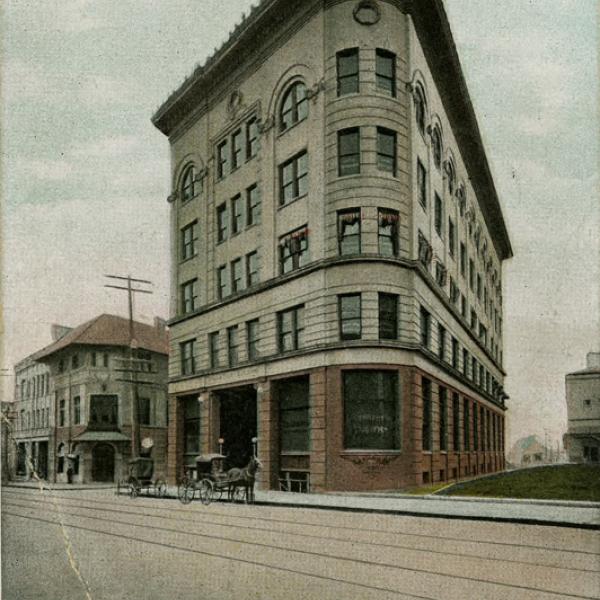
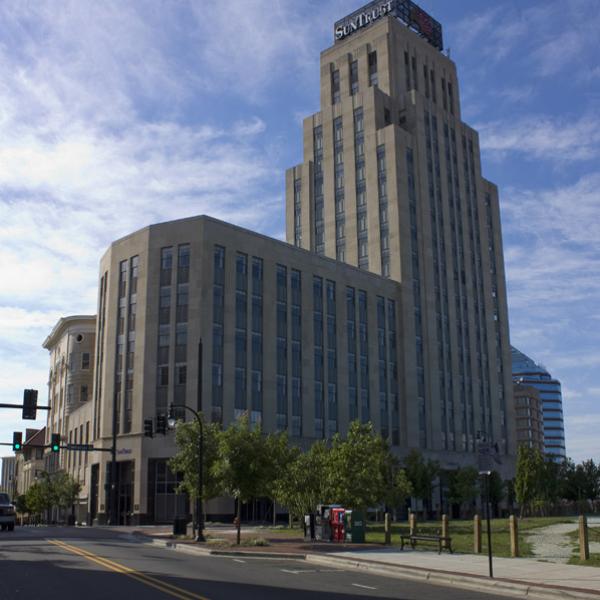
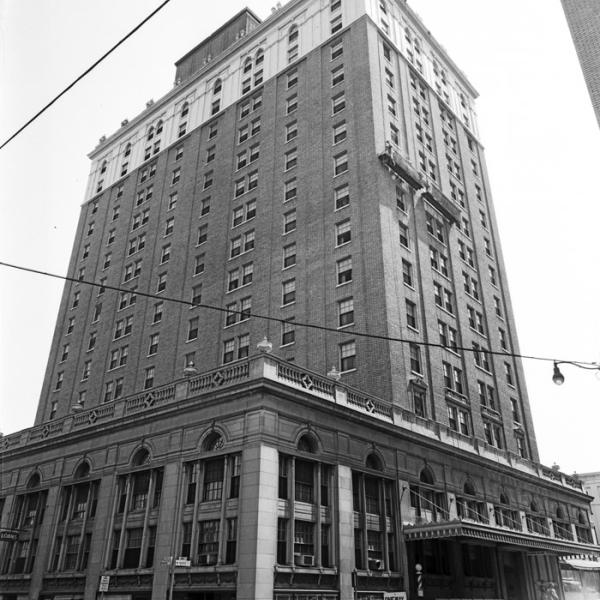
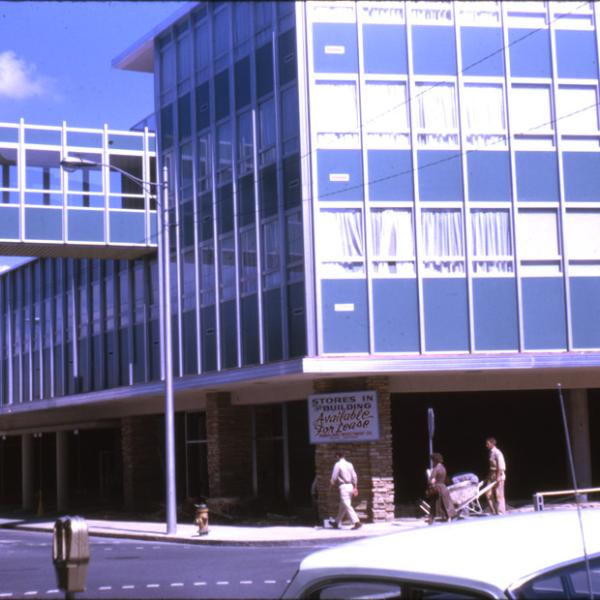
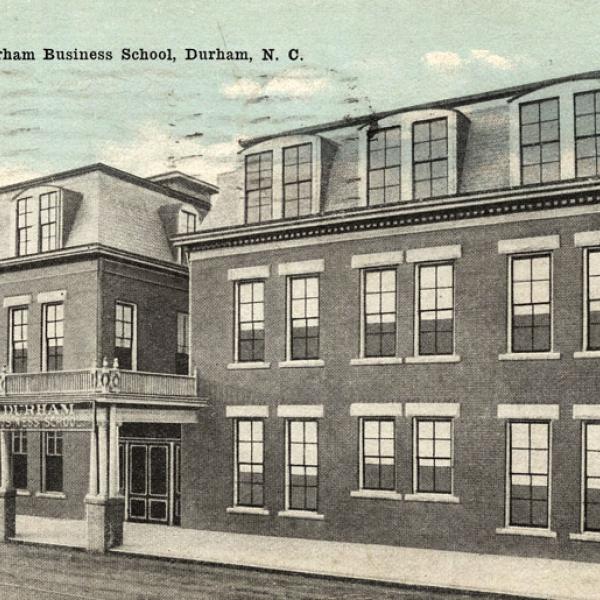
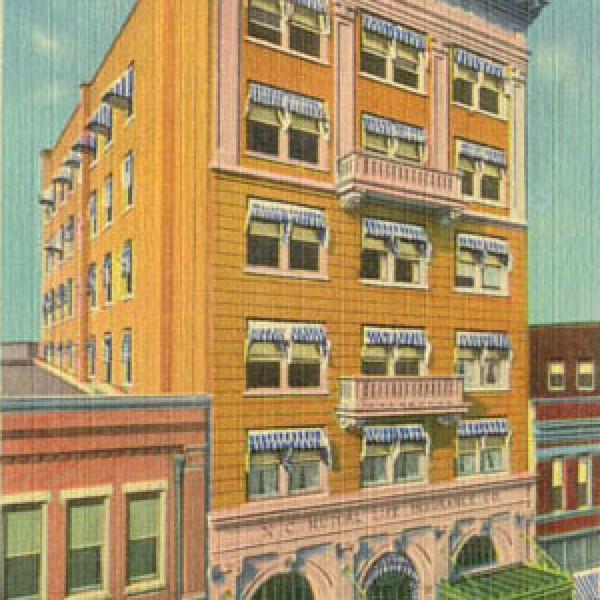
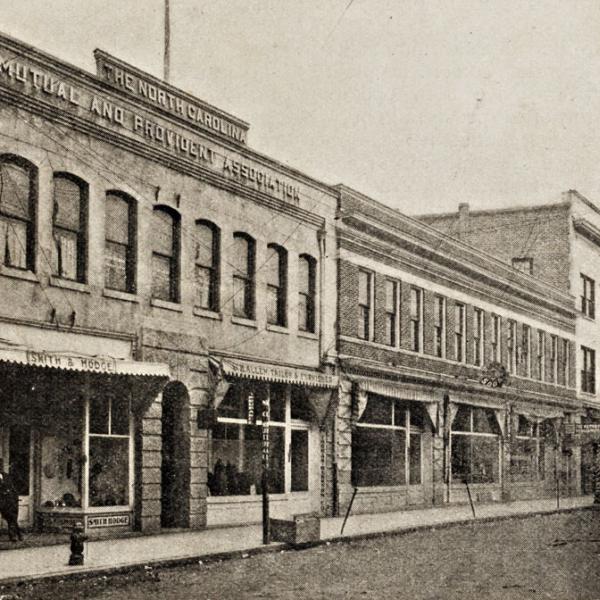
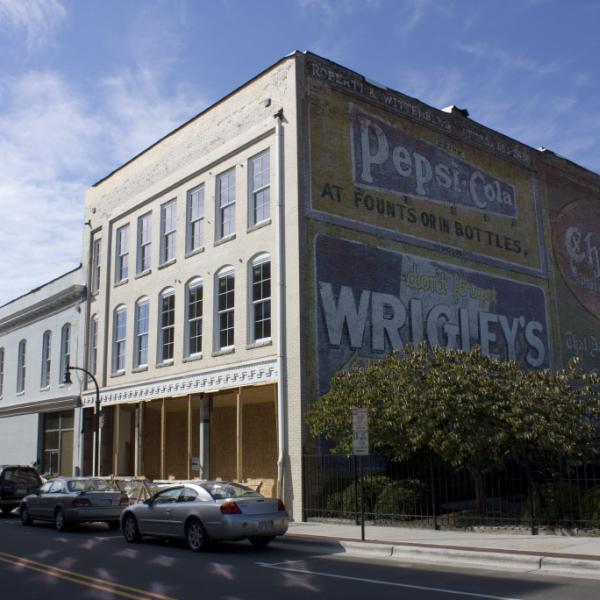
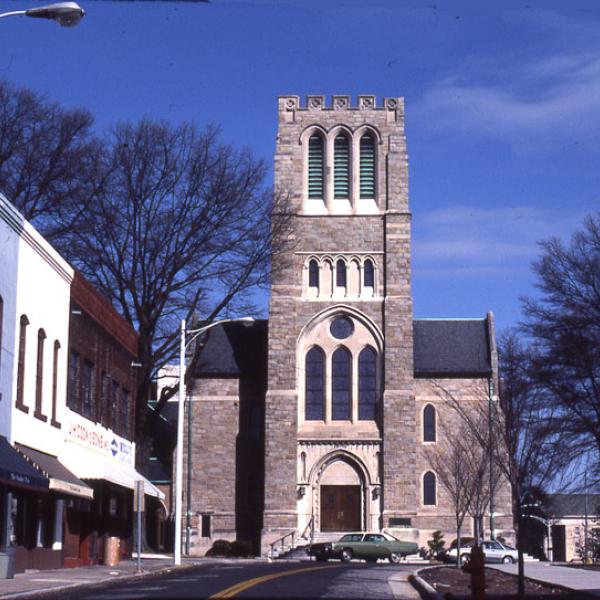
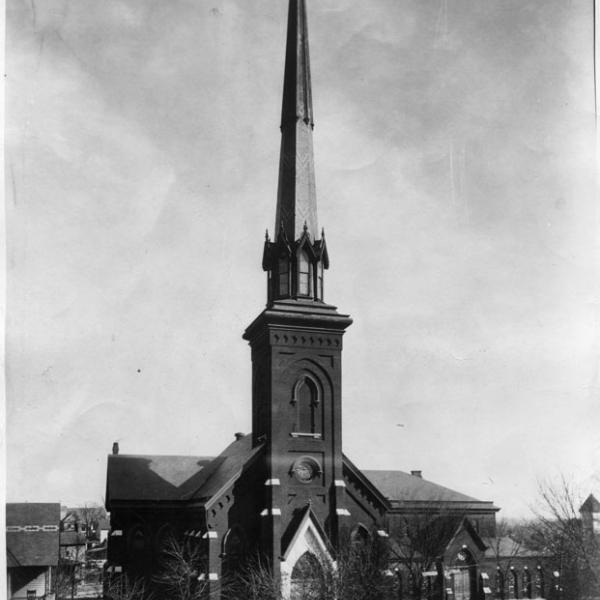
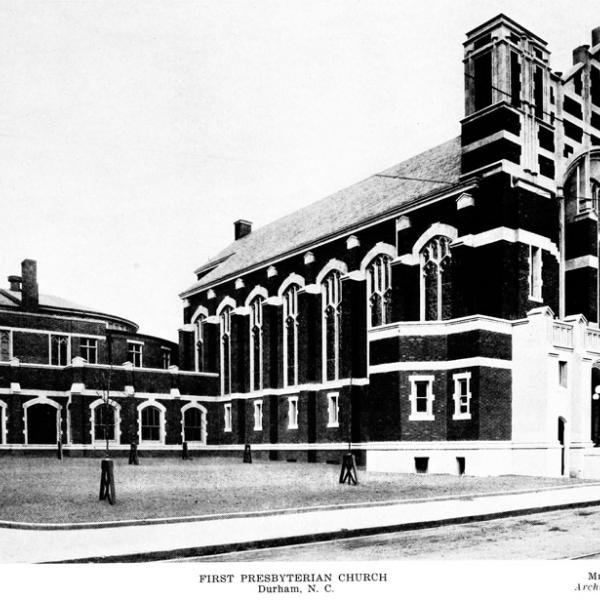
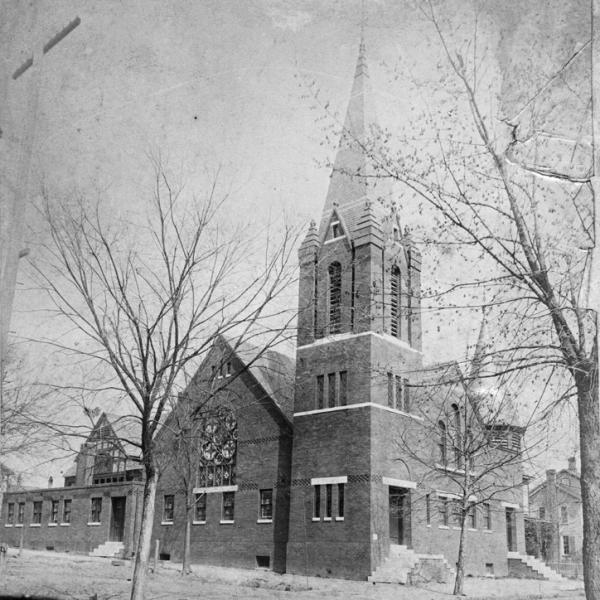
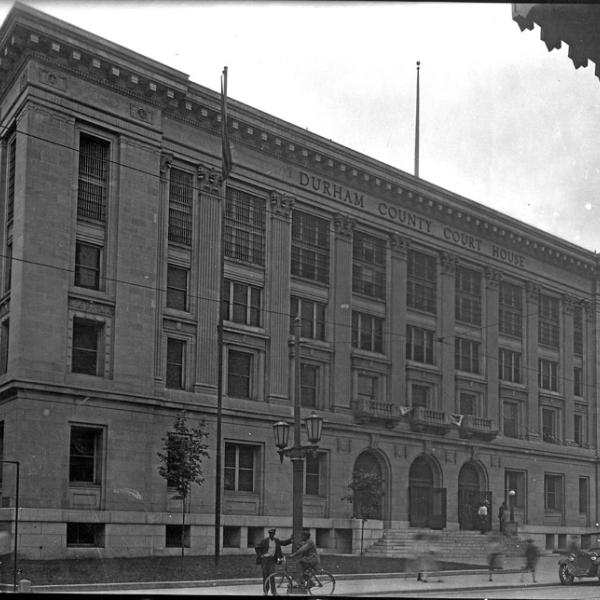
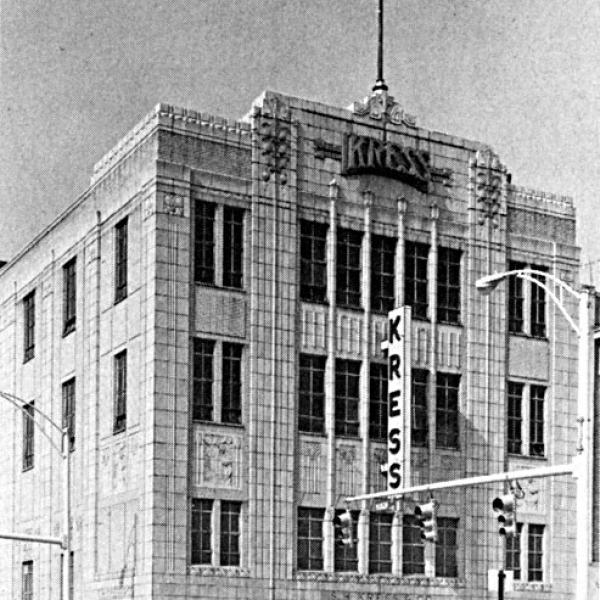
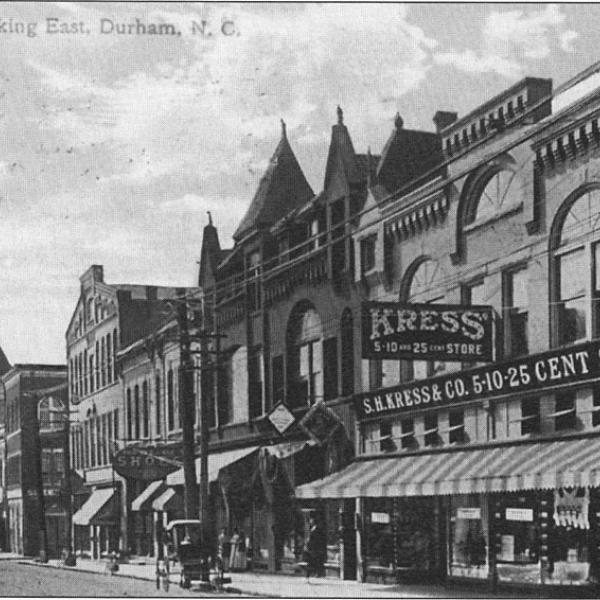
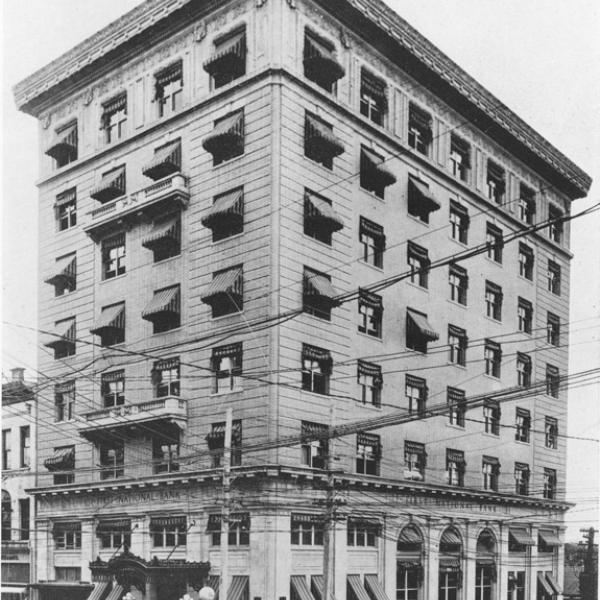
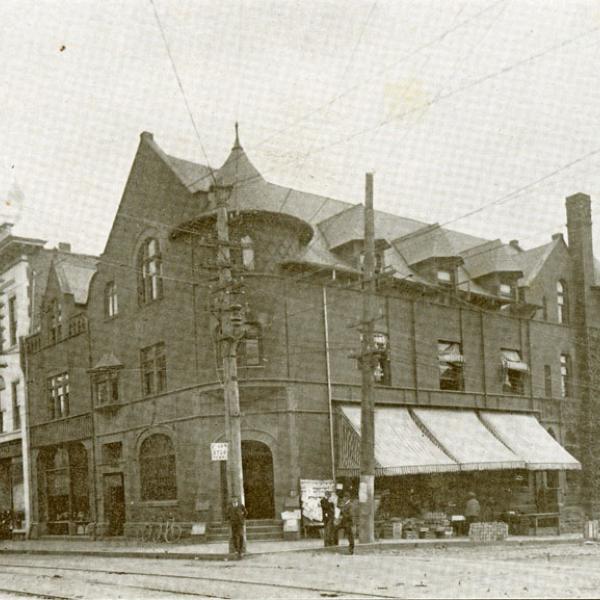
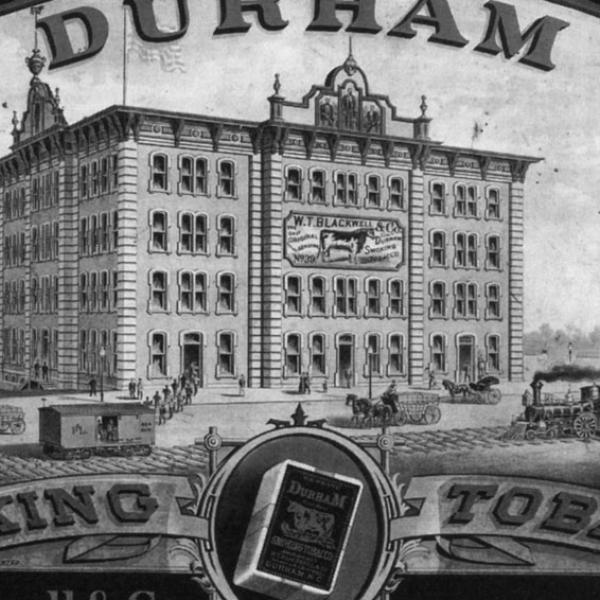
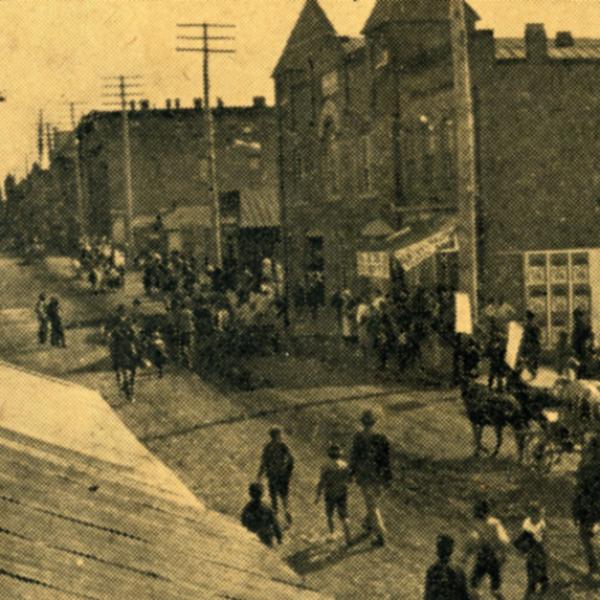
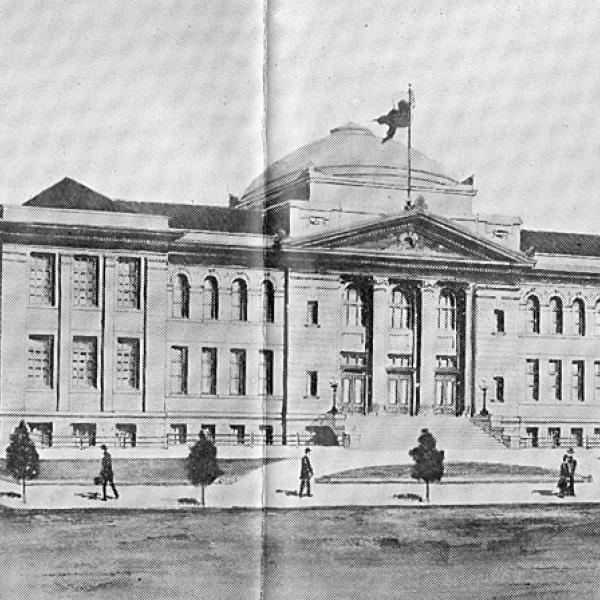
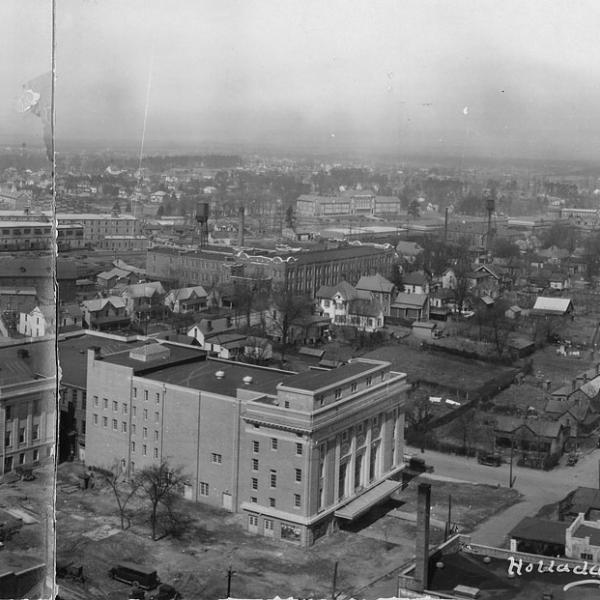
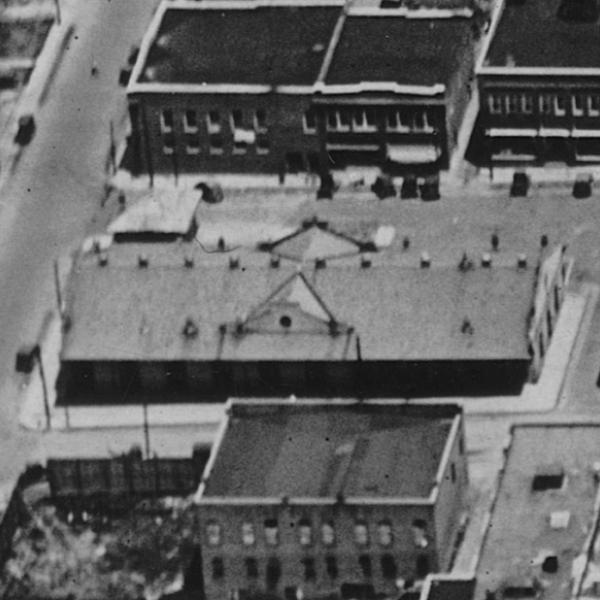
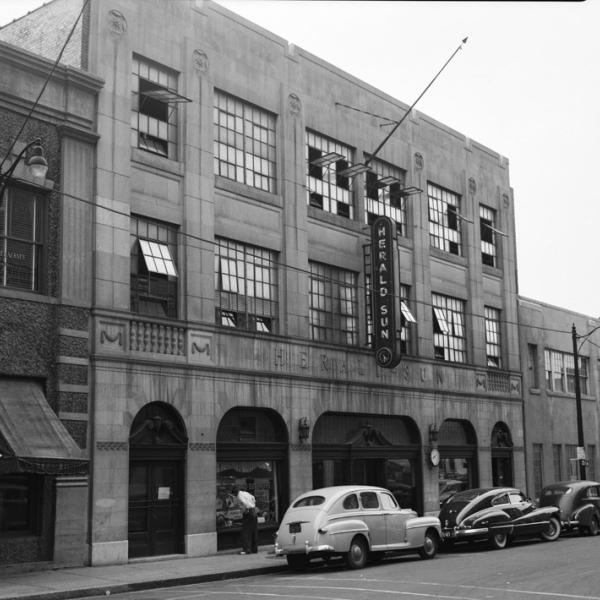
Add new comment
Log in or register to post comments.